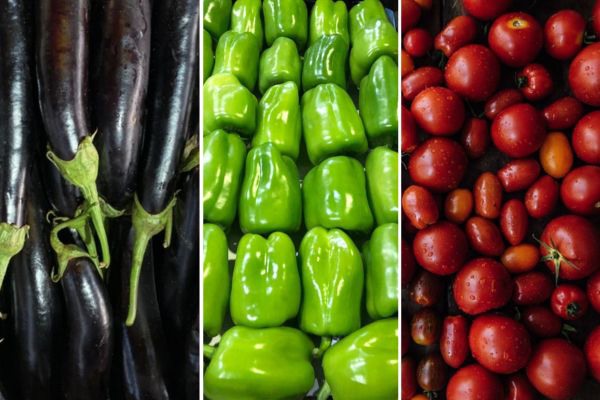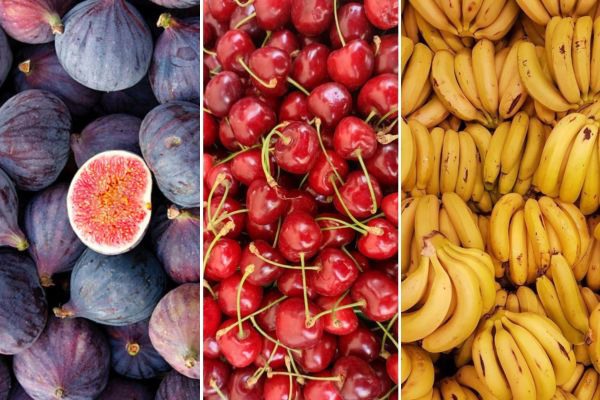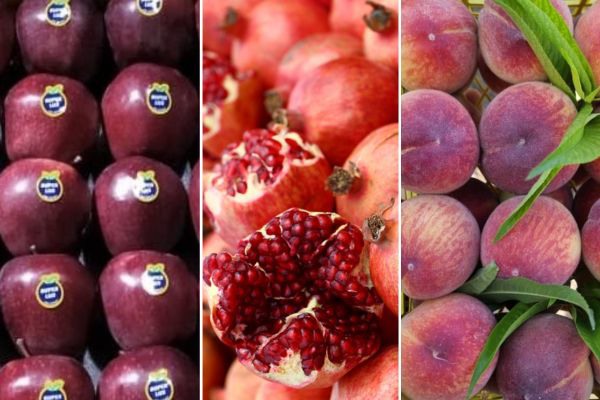Demand from Gulf countries for Iranian produce has increased significantly in recent weeks, but not in the way Iranian exporters would like. "There is a strong demand for certain fruits and vegetables, but the way of doing business leaves much to be desired," said Hadi Mirzaei, CEO of Iranian exporting company Darya Noosh Payab Trading.

Regarding the fresh products that are subject to an increase in demand, "These are mainly tomatoes, cucumbers, and zucchini. The pickup in demand for these vegetables is due to the month of Ramadan. We also expect an increase in demand for watermelons, nectarines, peaches, cherries, and strawberries when it gets warmer in the destination countries very soon."
The most dynamic markets, according to Mirzaei, "are mainly the UAE and Qatar. The UAE is absorbing the largest volumes, and the Qatari market is growing significantly. Demand from Oman is slower than expected. We are also seeing strong growth in the Russian market, and we are starting to move towards it."

However, the solicitations Iranian exporters are receiving will not necessarily translate into deals, adds Mirzaei. "Although there is a big interest, we are increasingly being offered risky payment terms and inadequate prices. Buyers also tend to purchase directly from growers to get lower prices and avoid paying in advance, which will certainly backfire. Many importers want to normalize credit sales and post-delivery payments, which is too risky for us."
Mirzaei added, "Since January, many buyers are also taking advantage of the devaluation of the Iranian rial and using it as a motive to control the market and offer lower prices decreasing day after day. That leads to big price fluctuations and an erosion of our margins."
These risky conditions are testing the patience of the exporters, says Mirzaei, "If this continues, there will certainly be big changes in the market in the future. We will look for other regions to sell our products. In this regard, the Russian market is growing and promising, and we are also anticipating the opening of trade with Saudi Arabia, which will also be an important destination."

Gulf countries, mainly the United Arab Emirates, Qatar, Oman, and Iraq, rely on Iranian production for several types of fresh produce: lemon, watermelon, melon, tomato, cucumber, eggplant, apple, kiwi, green bell pepper, chili pepper, broccoli, cauliflower, and white cabbage.
For more information:
Mr. Hadi Mirzaei
Darya Noosh Payab Trading
Tel: +989352243937
Email: dnpt.info@gmail.com / ss1.uae@gmail.com
